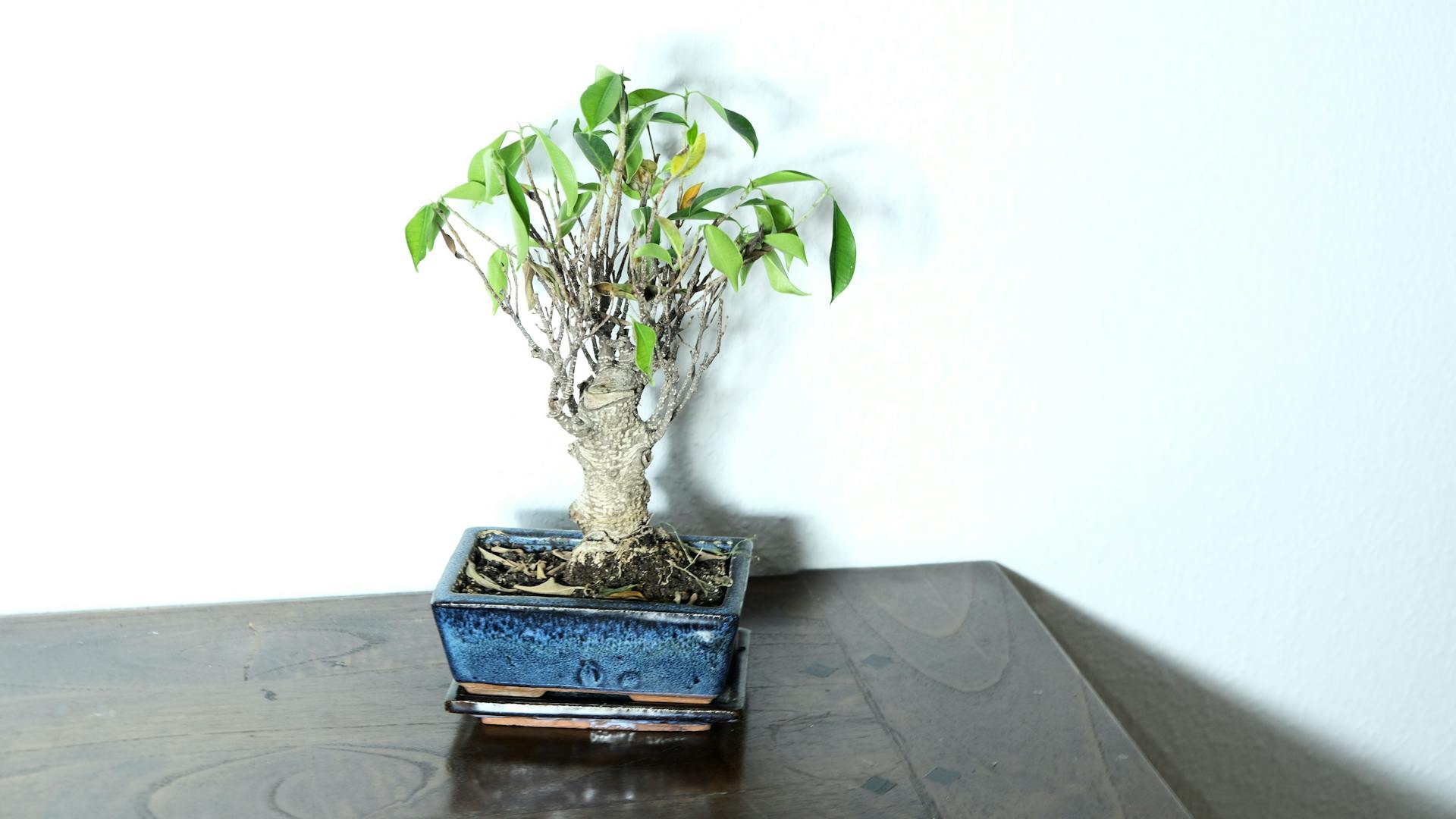Exploring Zen: The Spiritual Connection between Bonsai and Inner Peace
Zen and the Art of Bonsai: Cultivating Serenity with Miniature Trees is a fascinating exploration of the spiritual connection between the ancient Japanese art of bonsai and the pursuit of inner peace. The practice of bonsai, which involves the careful cultivation and shaping of miniature trees, is deeply rooted in Zen Buddhism and offers a unique pathway to serenity and mindfulness.
The art of bonsai is much more than just a horticultural hobby. It’s a meditative practice that requires patience, dedication, and a deep respect for nature. Each bonsai tree is a living sculpture, shaped over time to reflect the beauty and impermanence of the natural world. The process of nurturing a bonsai tree, from selecting the perfect specimen to pruning its branches and shaping its form, is a journey of discovery and self-reflection.
In Zen Buddhism, the concept of mindfulness is central to the pursuit of enlightenment. Mindfulness is the practice of being fully present and engaged in the moment, free from distraction or judgment. The art of bonsai, with its focus on careful observation and deliberate action, is a perfect embodiment of this principle. As you tend to your bonsai tree, you become attuned to its needs and rhythms, learning to respond with precision and care. This mindful attention to detail can help to quiet the mind and cultivate a sense of inner peace.
The spiritual connection between bonsai and Zen is also reflected in the aesthetic principles that guide the shaping of these miniature trees. In Zen, beauty is found in simplicity, asymmetry, and the natural imperfections that reflect the transience of life. These principles are echoed in the art of bonsai, where trees are shaped to evoke the rugged beauty of nature, rather than an idealized vision of perfection. The gnarled trunk of a bonsai tree, with its exposed roots and windswept branches, is a testament to the resilience and adaptability of nature, and a reminder of our own capacity for growth and transformation.

The Art of Bonsai: A Journey towards Serenity through Miniature Trees
Zen and the Art of Bonsai: Cultivating Serenity with Miniature Trees is a fascinating journey that intertwines the ancient practice of Zen Buddhism with the art of cultivating bonsai trees. This journey is not just about creating a beautiful miniature tree, but also about finding inner peace and serenity through the process.
Bonsai, a Japanese art form that dates back over a thousand years, involves growing and shaping small trees in containers to mimic the shape and scale of full-size trees. The word “bonsai” itself translates to “planted in a container,” but the art form is much more than that. It’s a meditative practice that requires patience, care, and a deep understanding of nature.
The art of bonsai is closely linked to the Zen Buddhist philosophy, which emphasizes simplicity, naturalness, and austerity. In Zen, every action is considered a form of meditation, and the act of caring for a bonsai tree is no different. It’s a slow, deliberate process that requires a great deal of attention and mindfulness.
When you begin your journey with bonsai, you start with a small tree or shrub, which you will prune, shape, and care for over time. This process is not about instant gratification. Instead, it’s about the joy of watching something grow and change over time, much like our own personal growth.
As you prune and shape your bonsai tree, you’re not just creating a miniature version of a tree; you’re also creating a reflection of nature itself. Each tree is unique, with its own personality and character, much like us. The act of shaping the tree is a way of expressing your own creativity and individuality.
But bonsai is not just about shaping trees; it’s also about cultivating serenity within yourself. The act of caring for a bonsai tree requires patience and mindfulness. You must pay attention to the needs of the tree, from watering and feeding to pruning and shaping.
